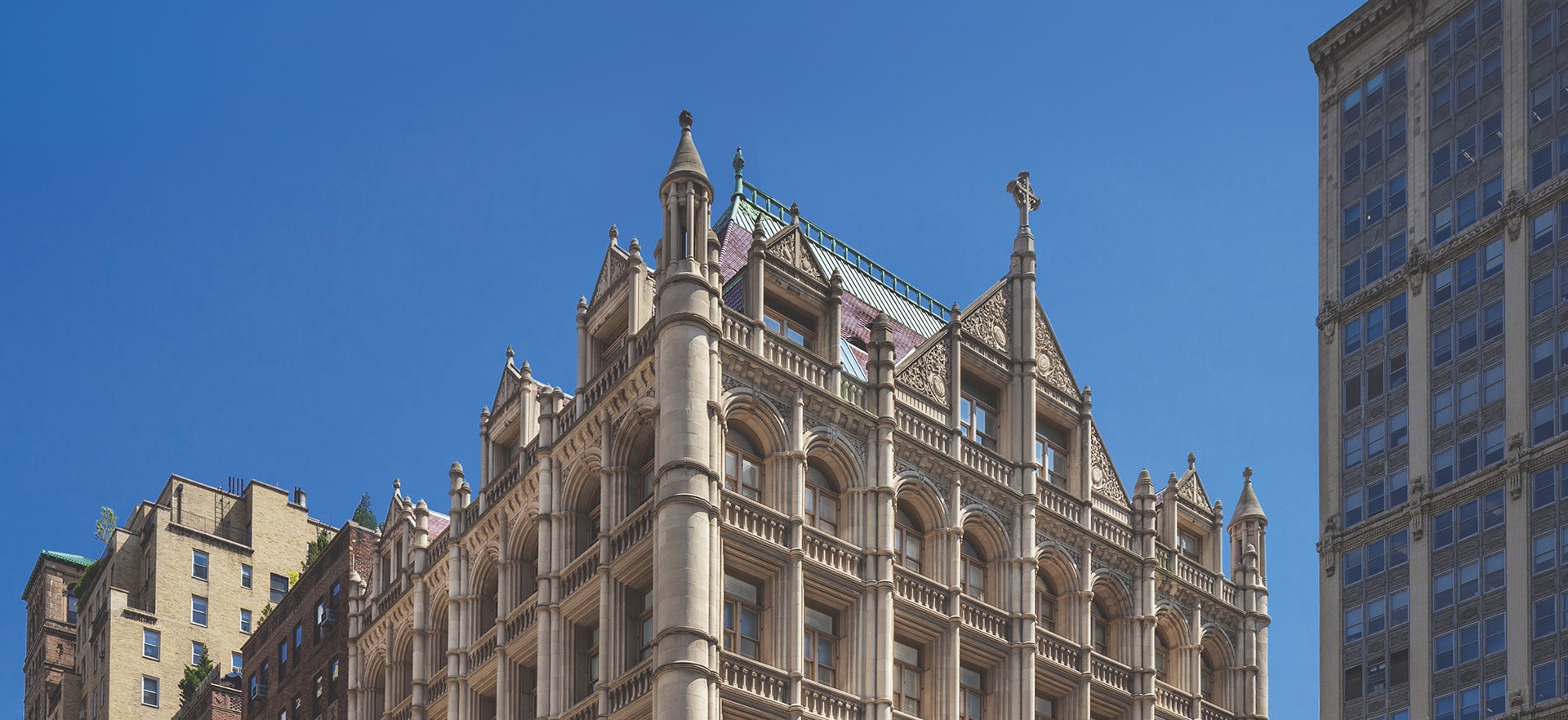On December 14 of last year, New York celebrated the opening of a new space dedicated solely to photography. Showcasing some twenty exhibitions a year, Fotografiska has the ambition to become one of the city’s must-see cultural venues.

You’re getting blind.
Don’t miss the best of visual arts. Subscribe for $9 per month or $108 $90 per year.
Already suscribed ?



